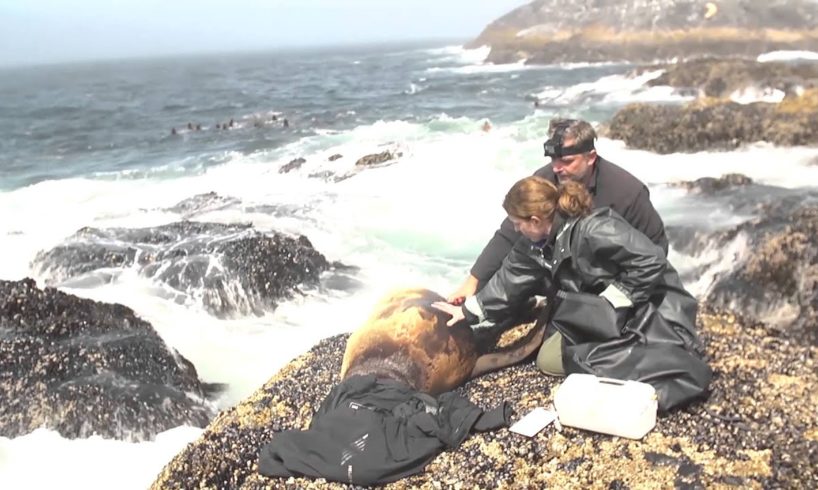
The packing straps, nets, ropes and wires that humans do not properly dispose of continue to injure and kill marine mammals living along the BC coast. This video documents some of the dramatic work done through the Marine Mammal Rescue Centre.
“We’d like to rescue all of them, but each disentanglement takes an extraordinary amount of time, personnel, boats, gear and drugs. It’s not just costly; there is simply no way we can get to all of them,” said Dr. Martin Haulena, Vancouver Aquarium Marine Science Centre head veterinarian. “The much better scenario would be for people to be more careful with their trash.”
Dr. Haulena is the only professionally trained veterinarian in Canada able to disentangle sea lions from marine debris. Over the past two decades, he’s helped develop a precise drug combination to temporarily sedate a sea lion so it may be carefully handled. The procedure to remove the entangled gear often takes place in the water, from a boat, with a floating animal. Success depends upon ideal weather and ocean conditions, requires specialized equipment, a team of expert staff, and boat support from Fisheries and Oceans Canada. The cost for just the Vancouver Aquarium team and gear is about $2,000 per rescue. The team has now saved more than a dozen sea lions from entanglement.
“We’ll continue to mount rescue efforts when we can,” said Dr. Haulena. “That’s not the best answer though. Residents of B.C., especially those living and working along the coast, need to be more mindful of their trash. ‘Lose the loop’ when you’re throwing away packing straps, ropes, wire, and plastic.”
The Vancouver Aquarium’s Marine Mammal Rescue Centre (MMRC) is presented by Port Metro Vancouver. The rescues occur with the support and approval of Fisheries and Oceans Canada. Numerous disentanglements have been undertaken in Pacific Rim National Park Reserve with the support of Parks Canada.
People can also help by picking up litter and debris from shorelines, to prevent it from getting in the aquatic ecosystem in the first place. The Great Canadian Shoreline Cleanup is the country’s largest direct action conservation initiative, organized by the Vancouver Aquarium Marine Science Centre and WWF-Canada, and presented by Loblaw Companies Limited. Participants can register to clean a shoreline in their community at any time of the year. Find out more at shorelinecleanup.ca.
source

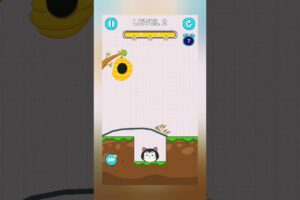
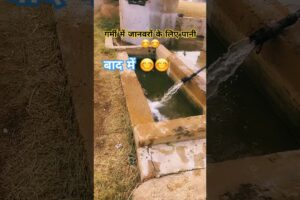
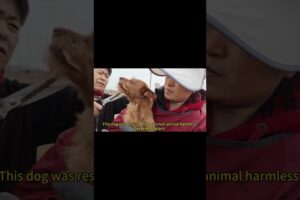
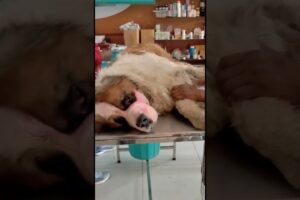


1***
Bravo from GREECE
It’s not just the plastic ties or other containers in the ? that’s the problem, it’s the sort of ppl who would tie em all up together for no good reason‼️ Who found em like that? Good for the ?s who freed em all❕
The Lord will do that & so will these awful ? leaders who r still in office until we ? him out‼️
Good job guys✌?
कितने लोग समन्दर में कचरा डालते हैं
मगर ईन प्राणी ( जिव ) के बारेमे कोई नही सोचता है।
धन्य हो ईन बचाव दल का। जो ईतना अछा काम करते हैं। आप सभी का बहुत बहुत धन्यवाद। Thank you. ?♂️
Thank you for team
Good job ?♂️
I love you guys
i want to be a volunteer for this kind of job, or in wwf or unicef. but im already 32 and broke and doesnt have a strong passport ??
Good job
That must be a hard job seeing that all the time but it must be so rewarding every time they can save an animal from a truly gruesome end. I wish they would post what exactly to avoid? Plastic packing straps? What are those? Like those zip ties? I dont drink 6 packs and actually thought they had quit making those because of the deadly plastic bands but after seeing some of these photos online i looked at the store and sure enough they still make them. Milk jug bands? I dont drink milk so my conscience is clear on that. All i drink is bottled water but after seeing these videos and pics from now in i will save them up and recycle them. This sht is disgusting, those poor animals.
Good jobs
so sad to see how many are effected by human carelessness and stupidity. Human beings are the only real plague on this earth. We destroy everything in the name of comfort and wealth. We really don't deserve this planet and it's beauty